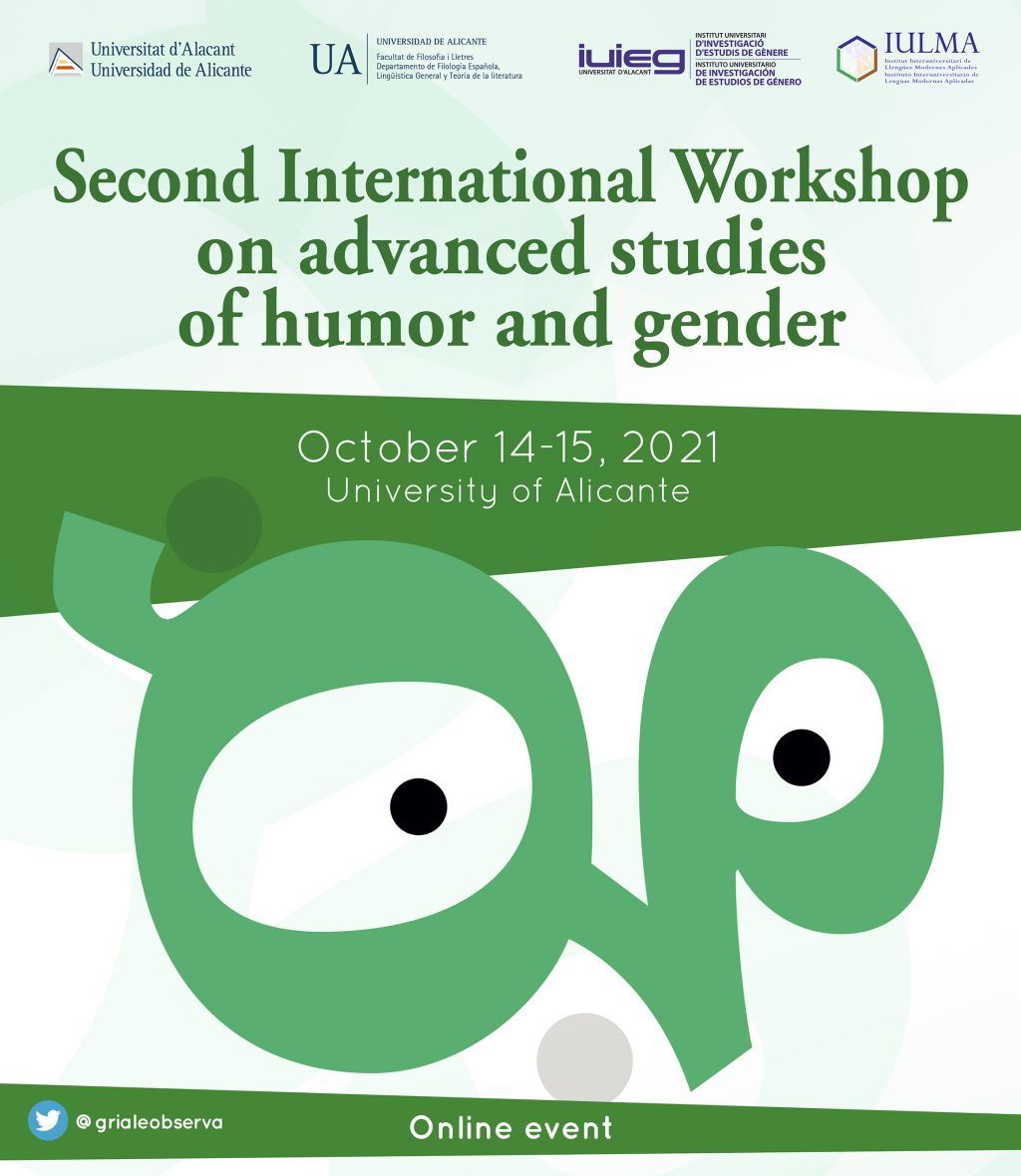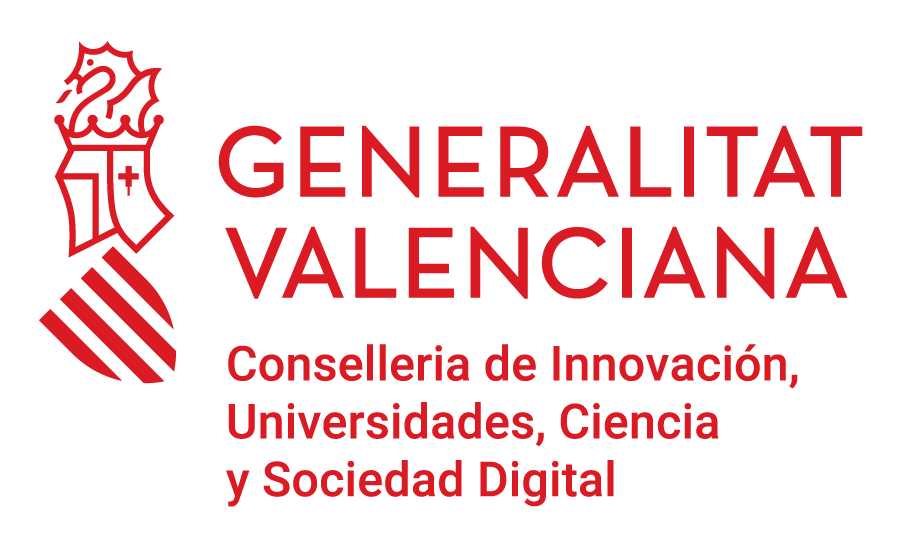
II International Workshop on Advanced Studies of Humor and Gender
October 14-15, 2021. University of Alicante





